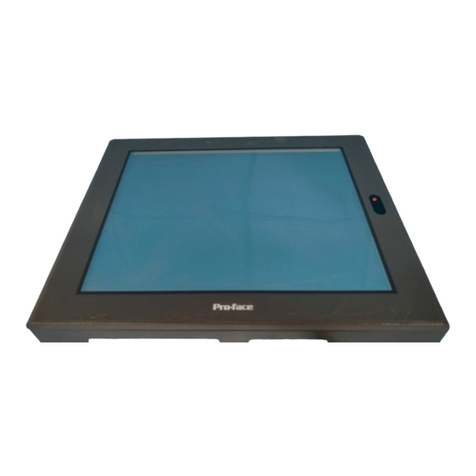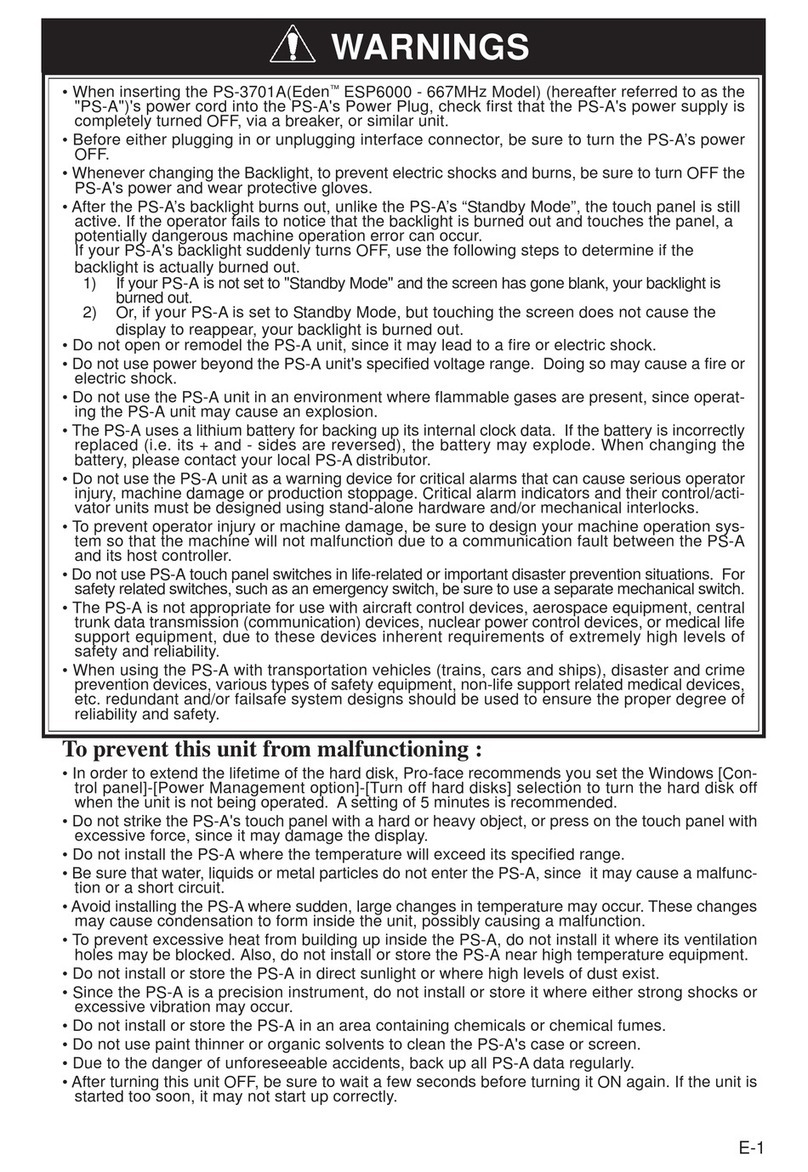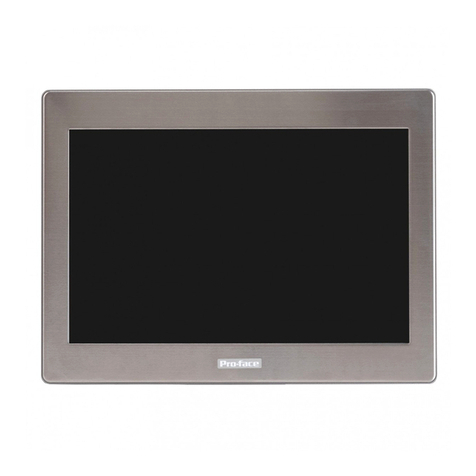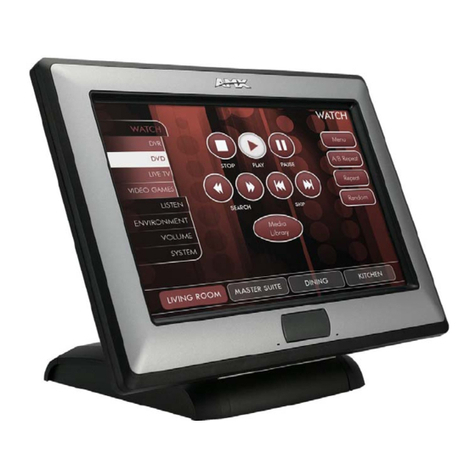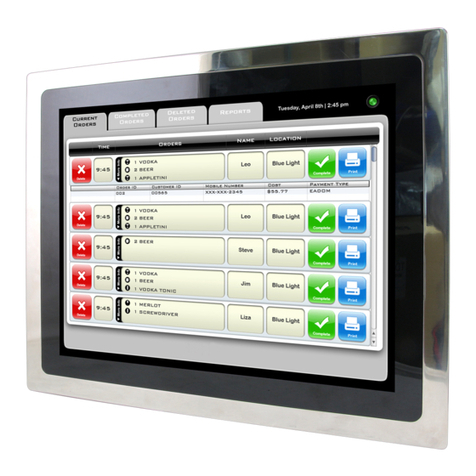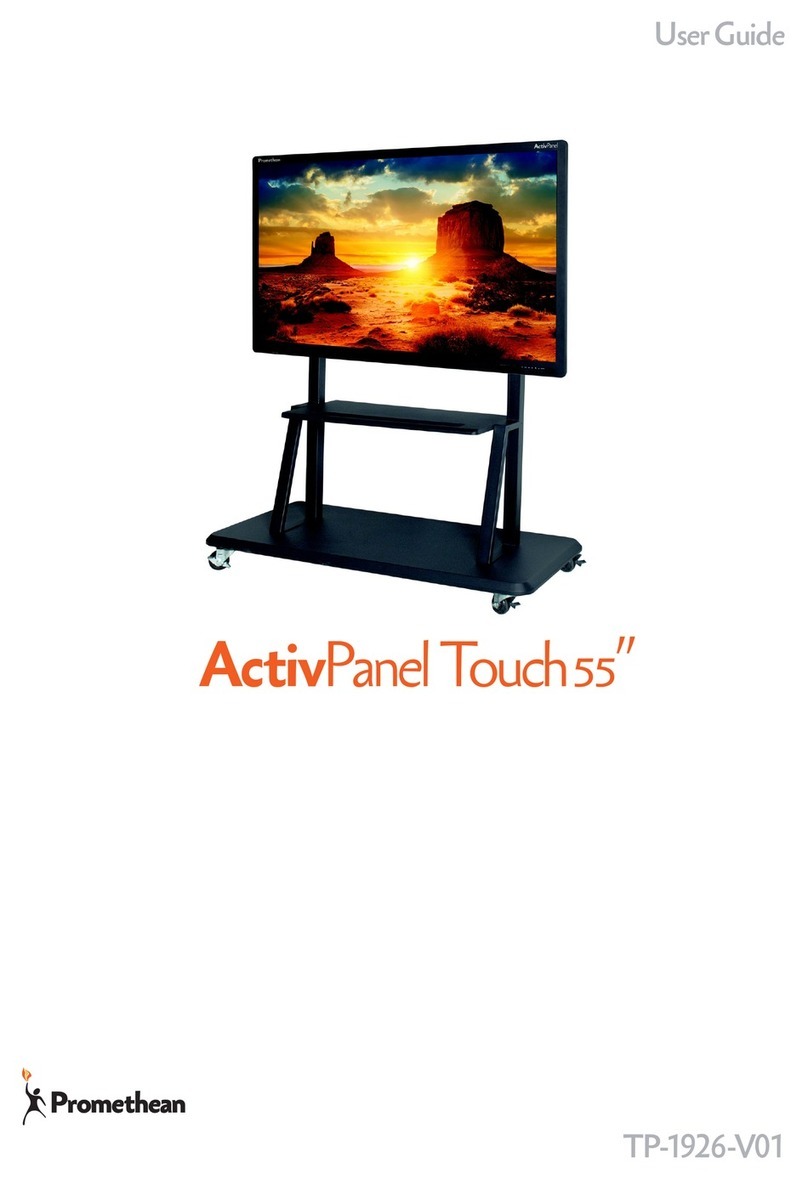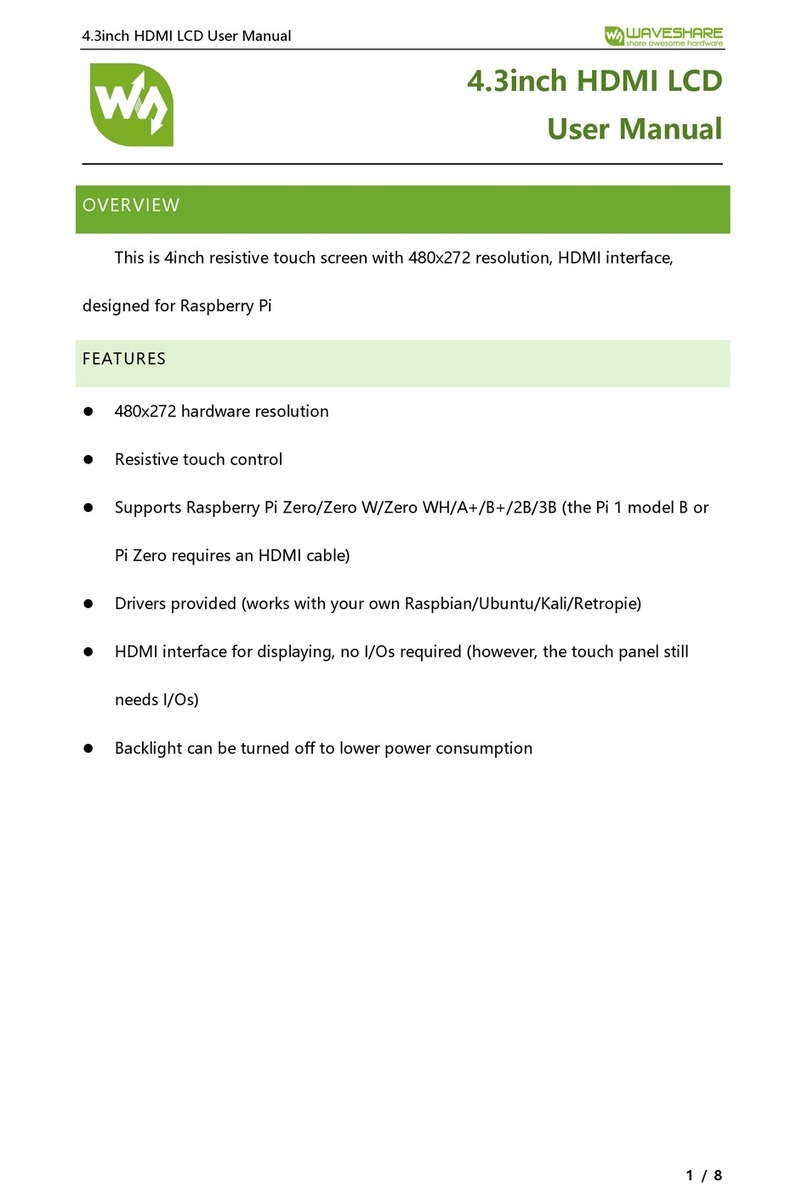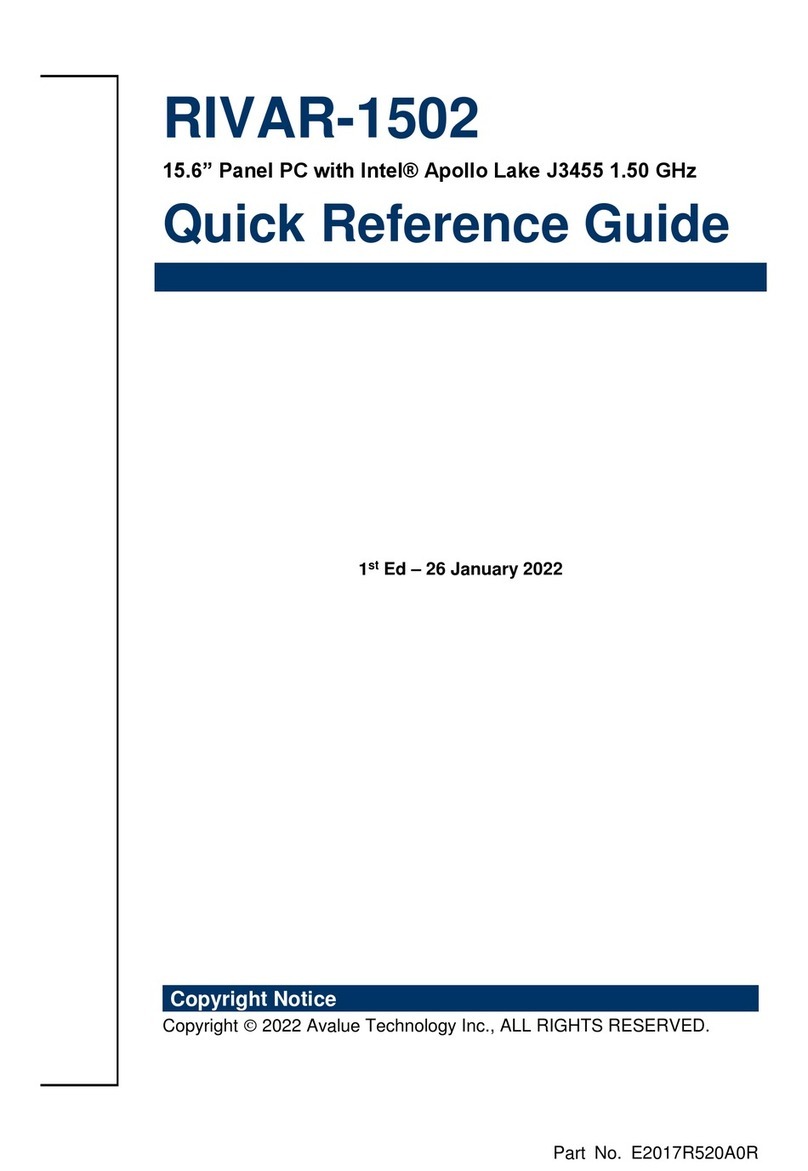Pro-face PS-3700A User manual



















Other manuals for PS-3700A
1
Table of contents
Other Pro-face Touch Panel manuals

Pro-face
Pro-face PFXGP4502WADW User manual
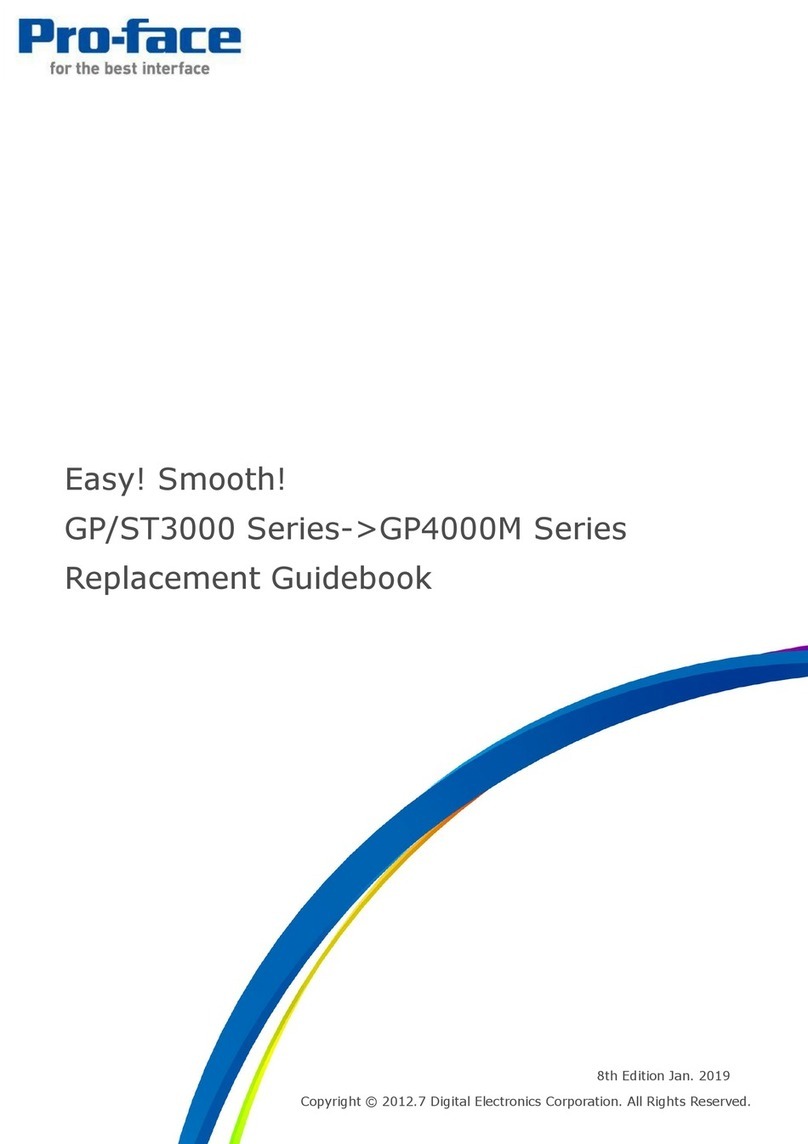
Pro-face
Pro-face GP3000 Series User manual
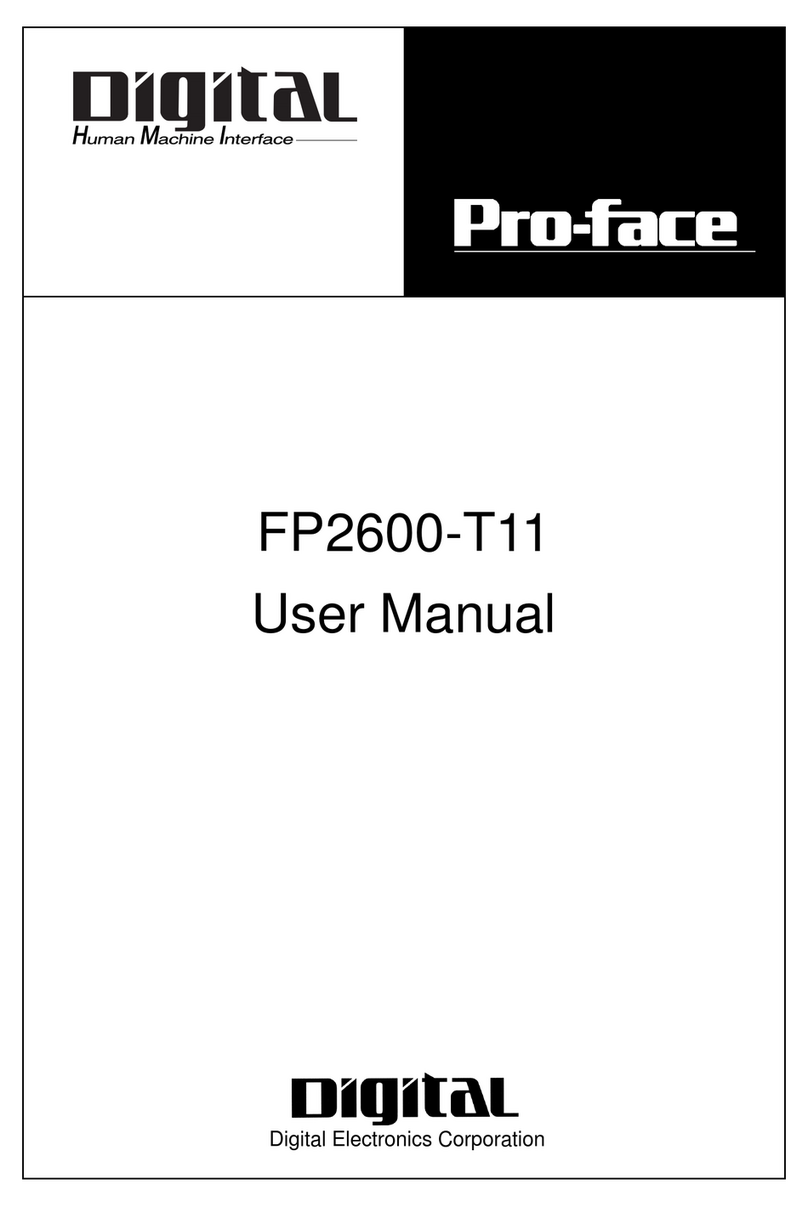
Pro-face
Pro-face FP2600-T11 User manual
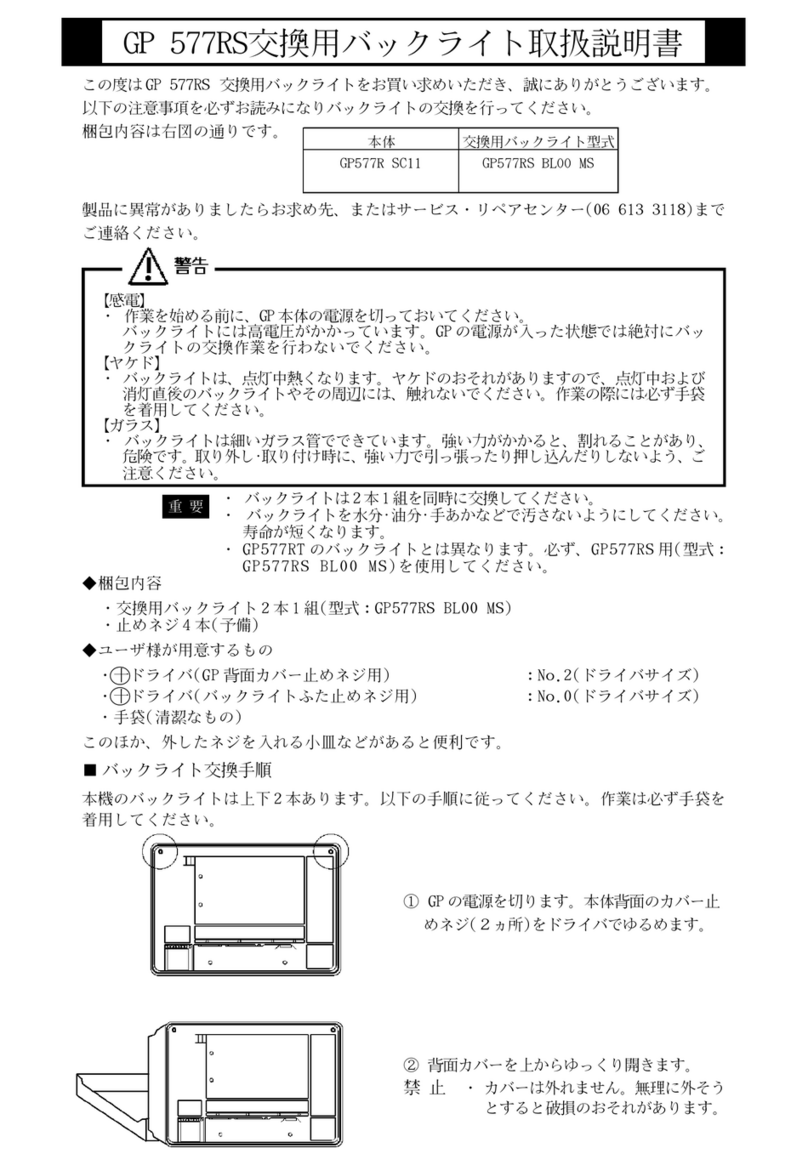
Pro-face
Pro-face GP577R-SC11 Parts list manual
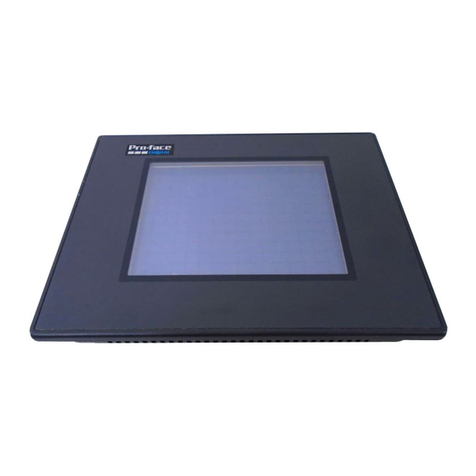
Pro-face
Pro-face GP37W2-BG41-24V User manual

Pro-face
Pro-face GP-3400 Series User manual
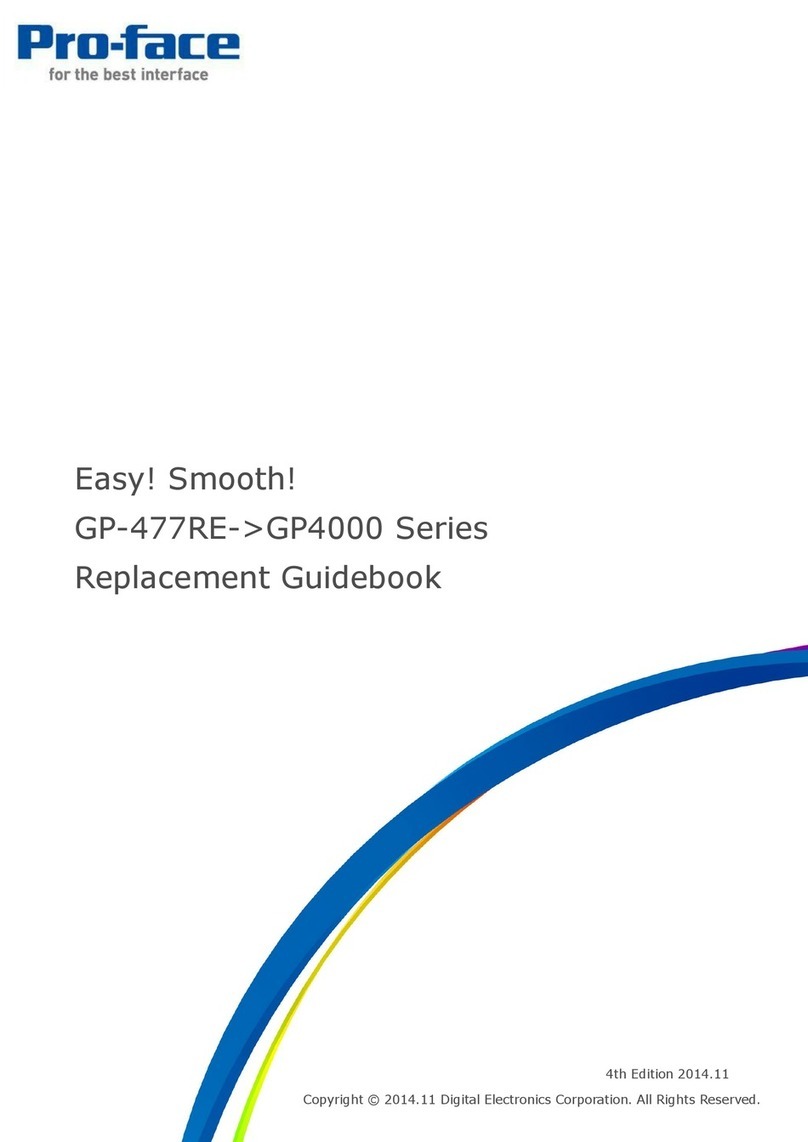
Pro-face
Pro-face GP4000 SERIES User manual
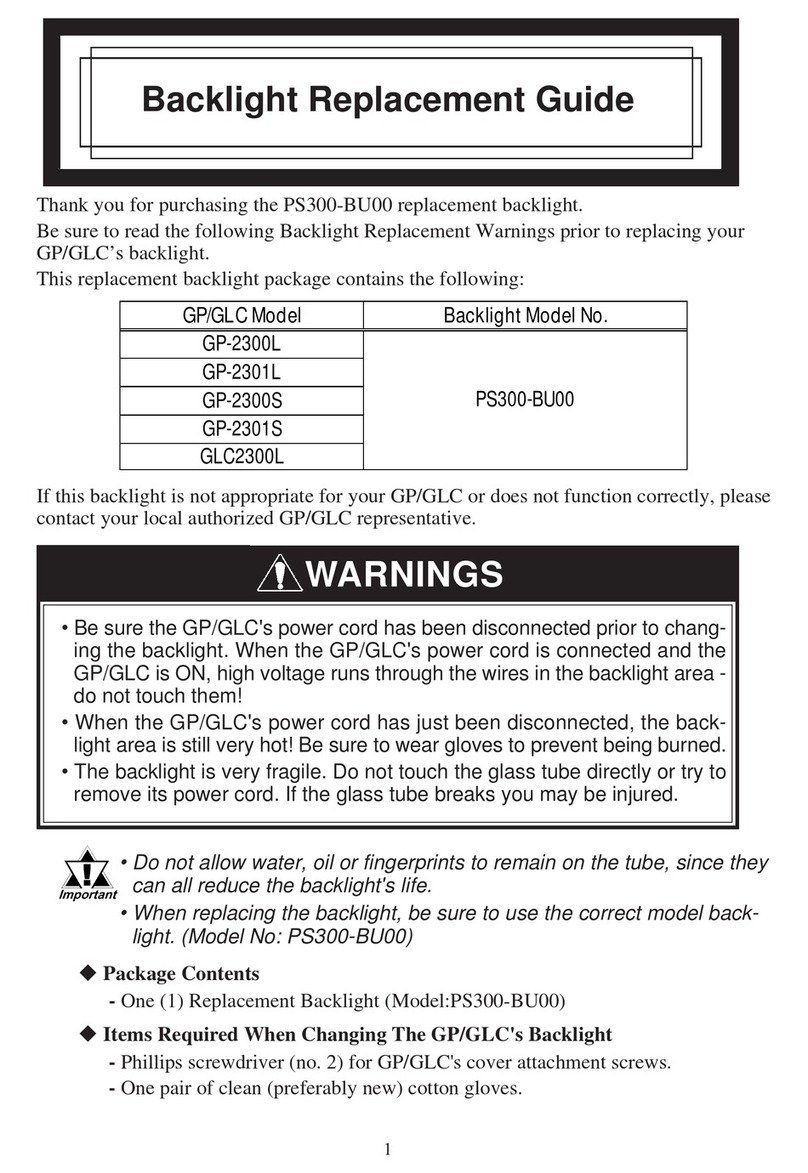
Pro-face
Pro-face PS300-BU00 Parts list manual
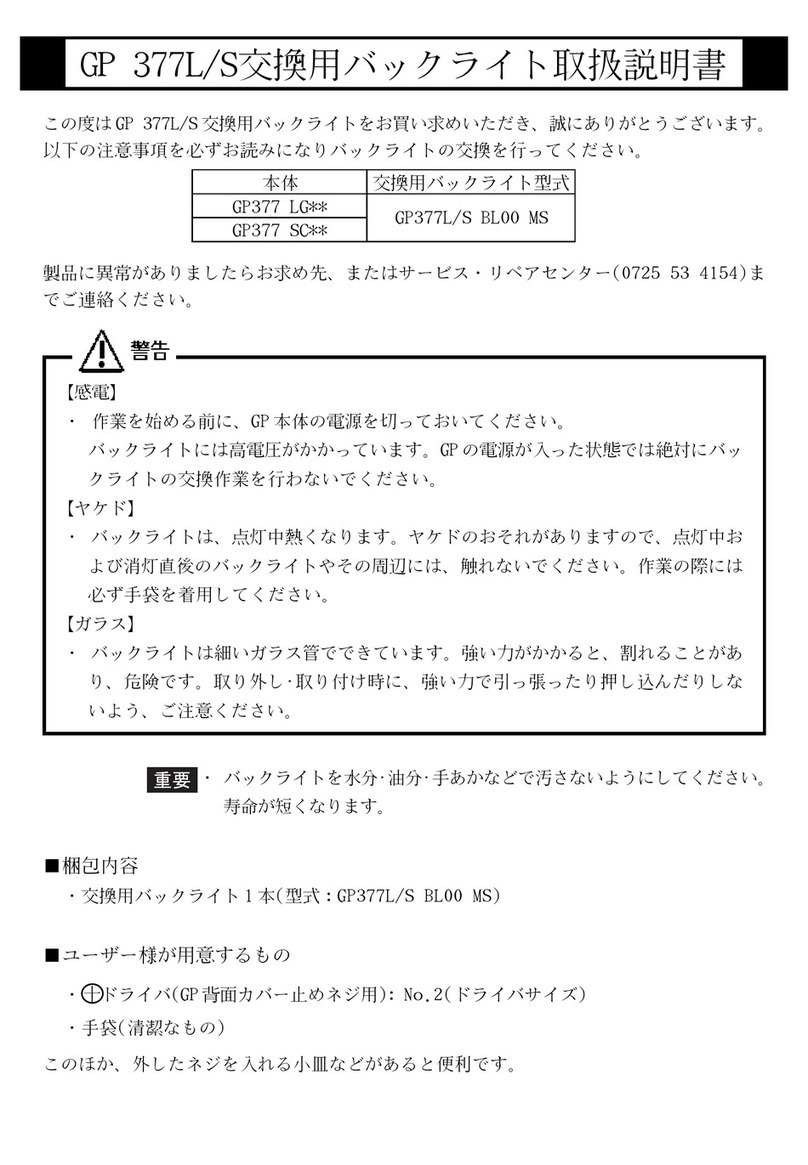
Pro-face
Pro-face GP377-LG Series Parts list manual

Pro-face
Pro-face AGP3200-A1-D24 User manual
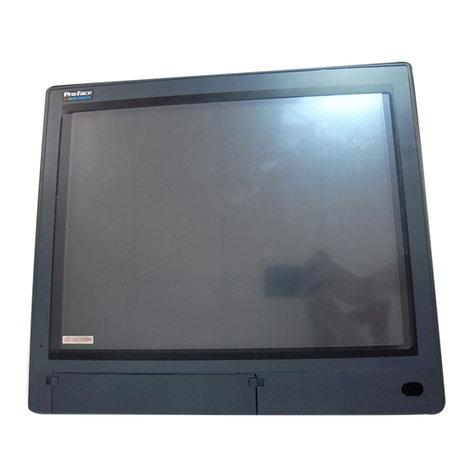
Pro-face
Pro-face PL-6920 Series User manual
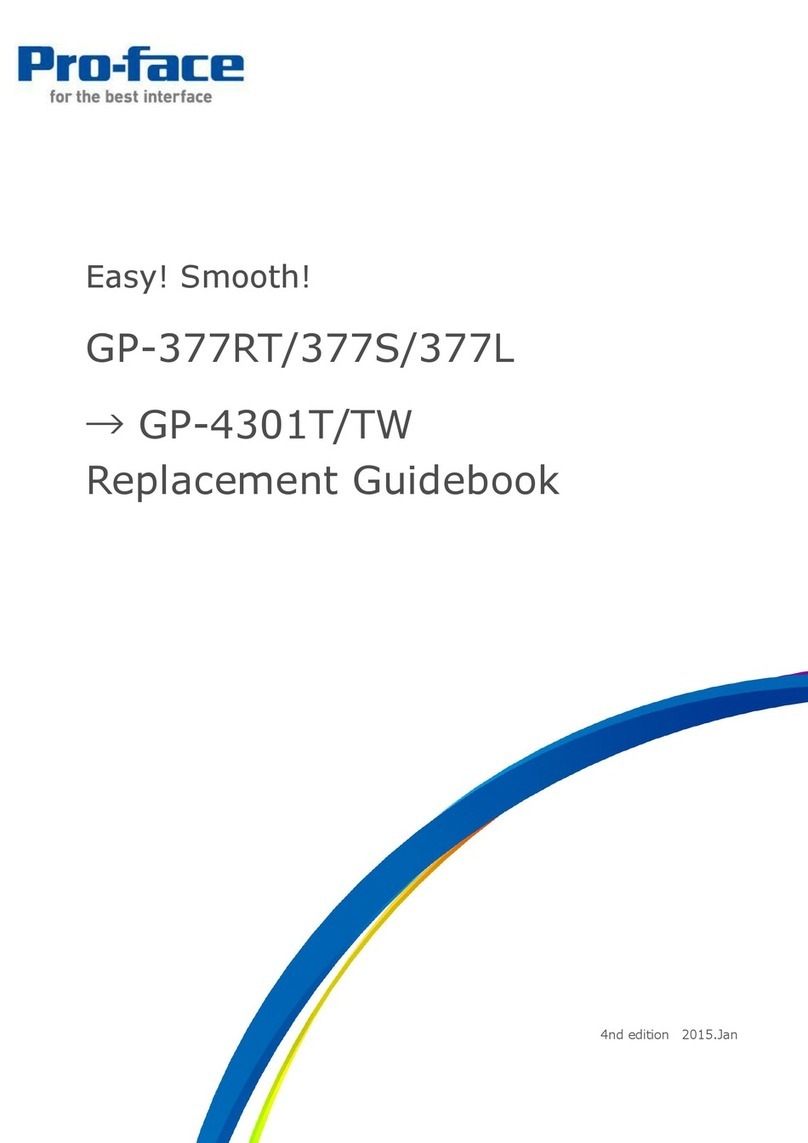
Pro-face
Pro-face GP-377RT User manual
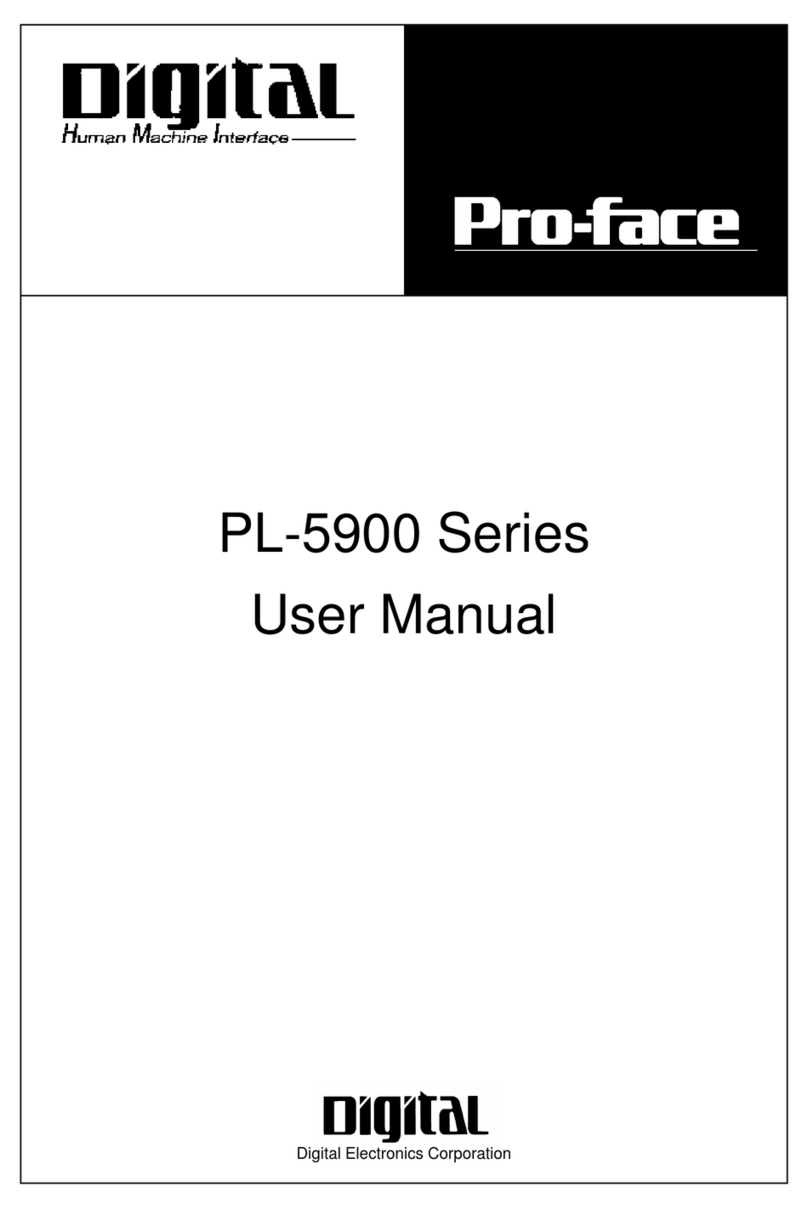
Pro-face
Pro-face PL-5900 Series User manual
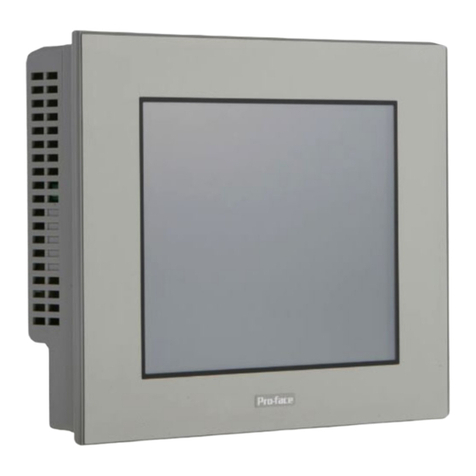
Pro-face
Pro-face GP4104G1D User manual
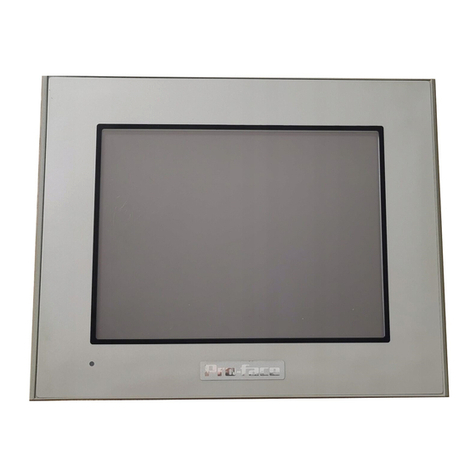
Pro-face
Pro-face GP-2300T User manual
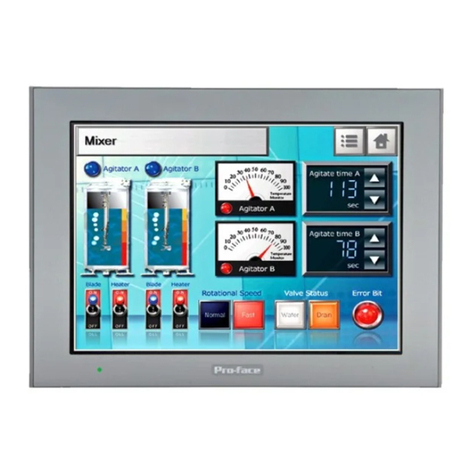
Pro-face
Pro-face GP-577R Series User manual

Pro-face
Pro-face PS-4700 Series User manual
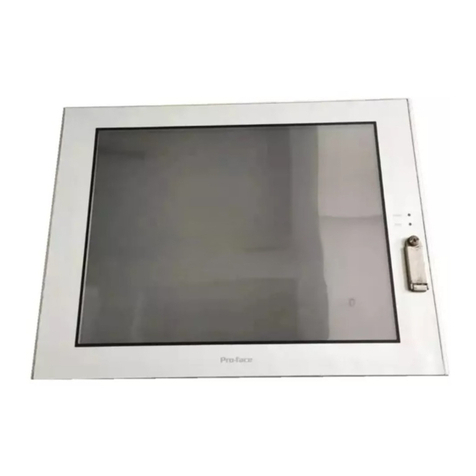
Pro-face
Pro-face PS-3710A Series User manual

Pro-face
Pro-face PFXGP4401TADR User manual
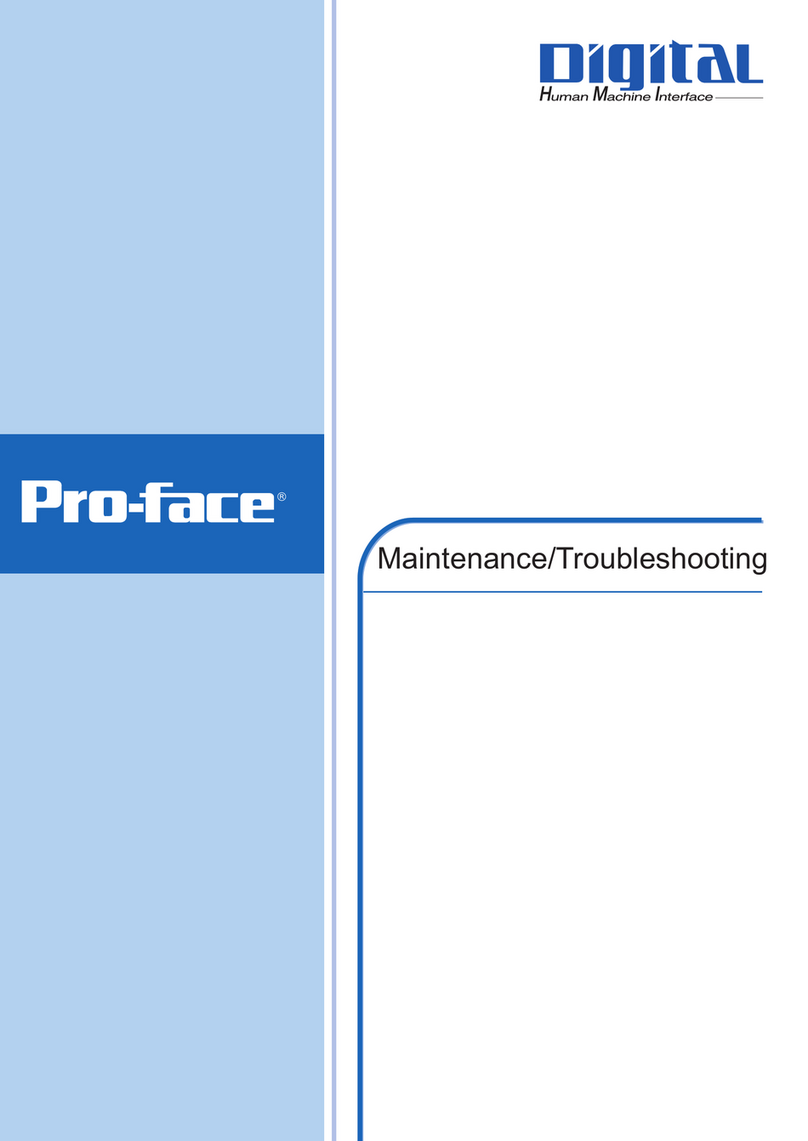
Pro-face
Pro-face GP3000 Series Operating instructions
Popular Touch Panel manuals by other brands
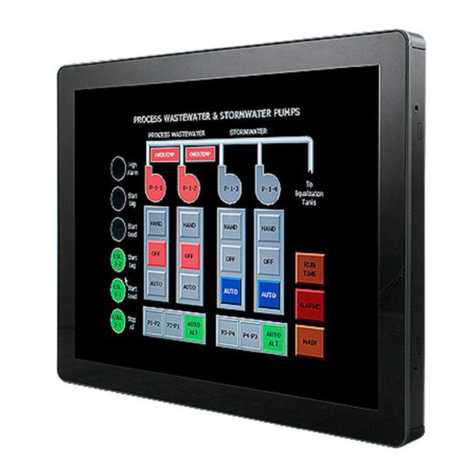
Avalue Technology
Avalue Technology BFC-1208 Quick reference guide

VarTech Systems
VarTech Systems VTPC170P user guide
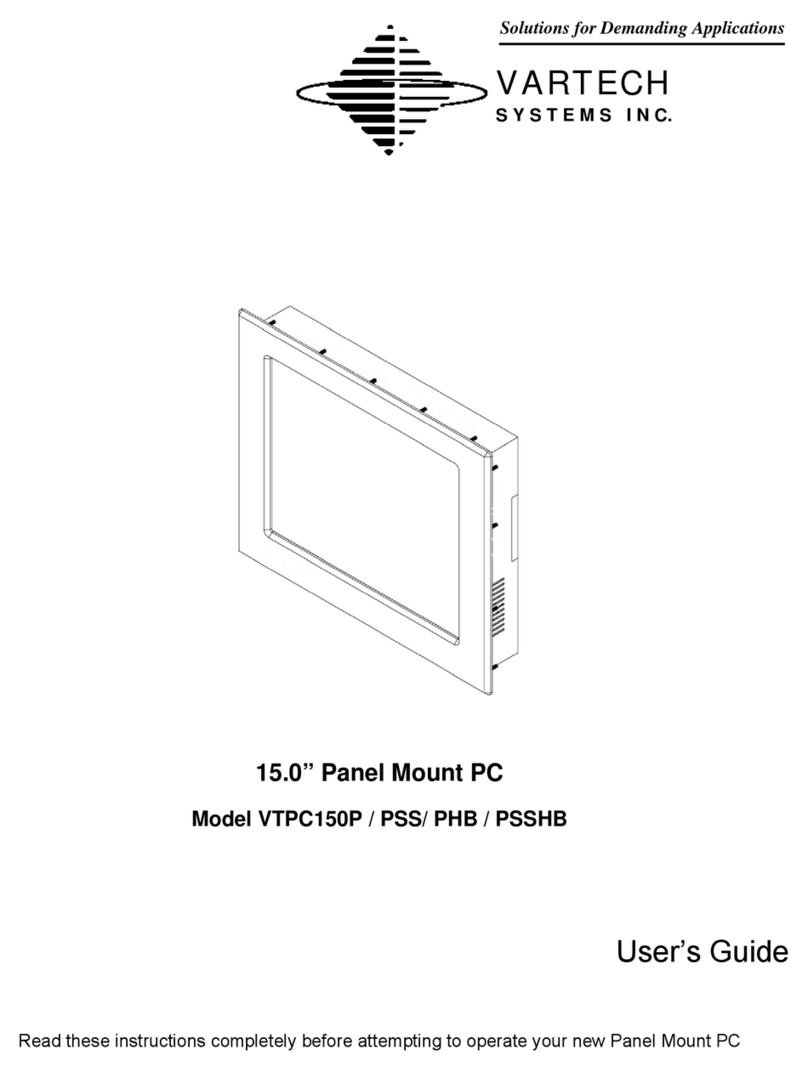
VarTech Systems
VarTech Systems VTPC150P user guide
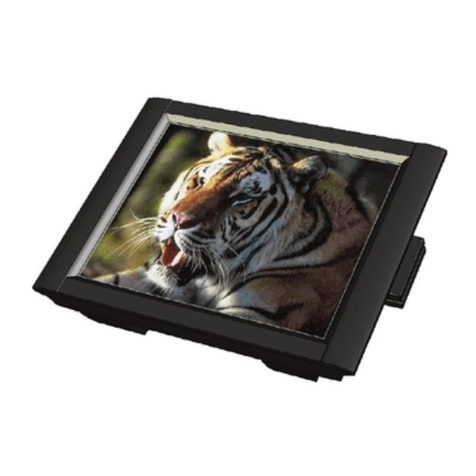
DFI
DFI VS 15 Specifications
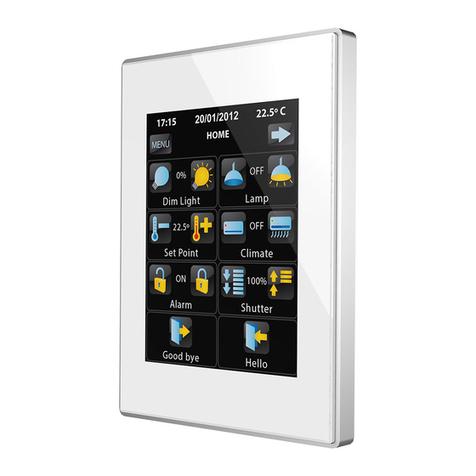
Zennio
Zennio Z41 Firmware update
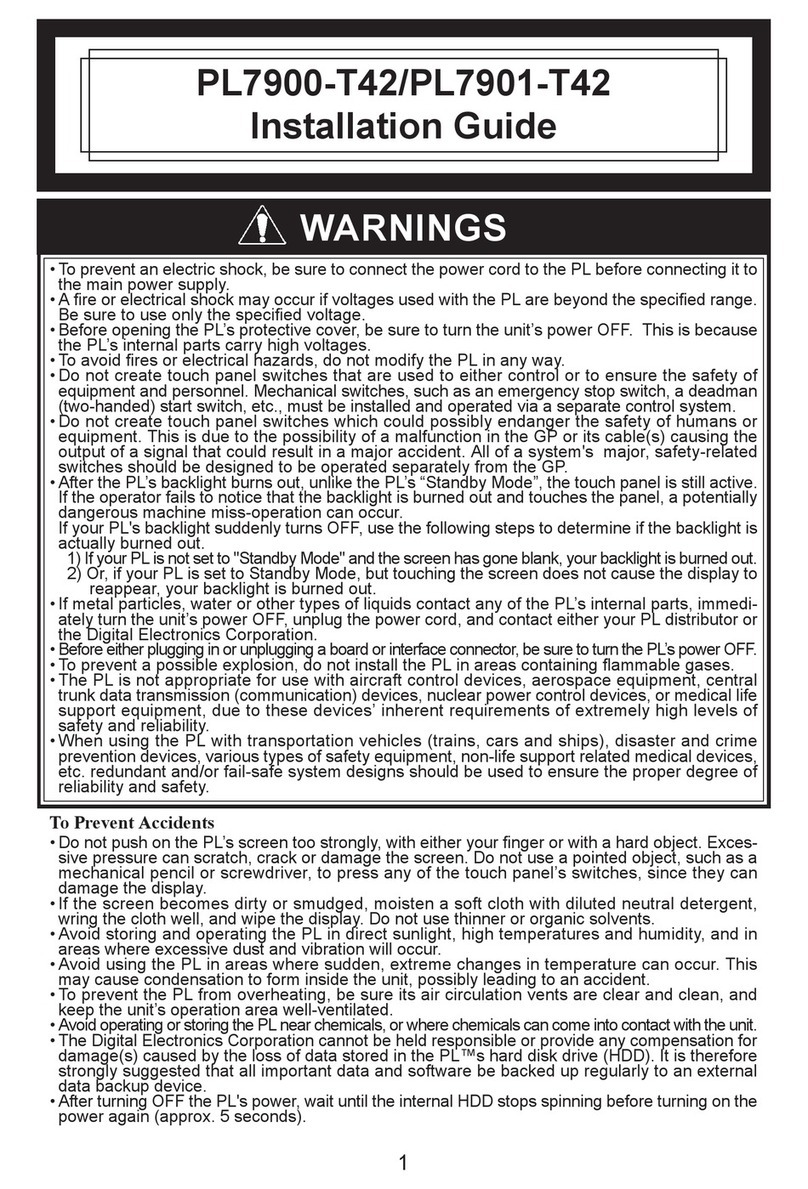
Digital Electronics Corporation
Digital Electronics Corporation PL7900-T42 installation guide
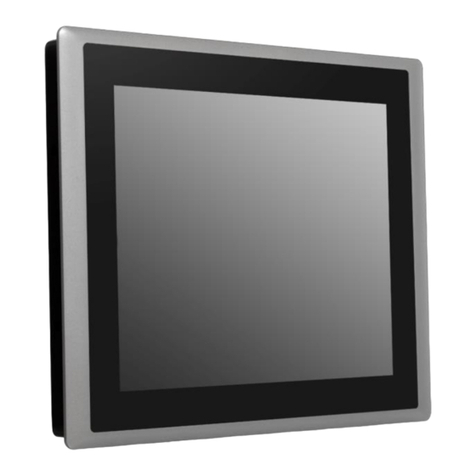
Cincoze
Cincoze CS-115/P1101 Series user manual

MiTAC
MiTAC Maestro 830 user manual
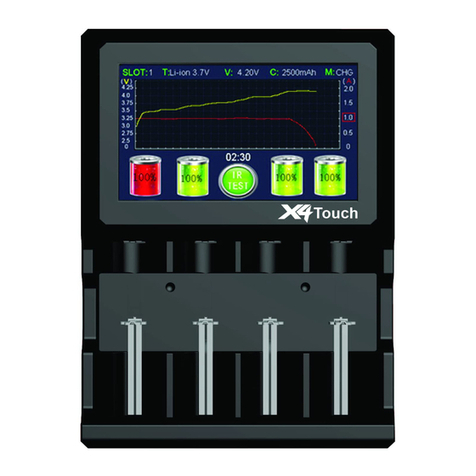
Epoch
Epoch X4 Touch instruction manual

Hengstler
Hengstler tico 735 operating instructions
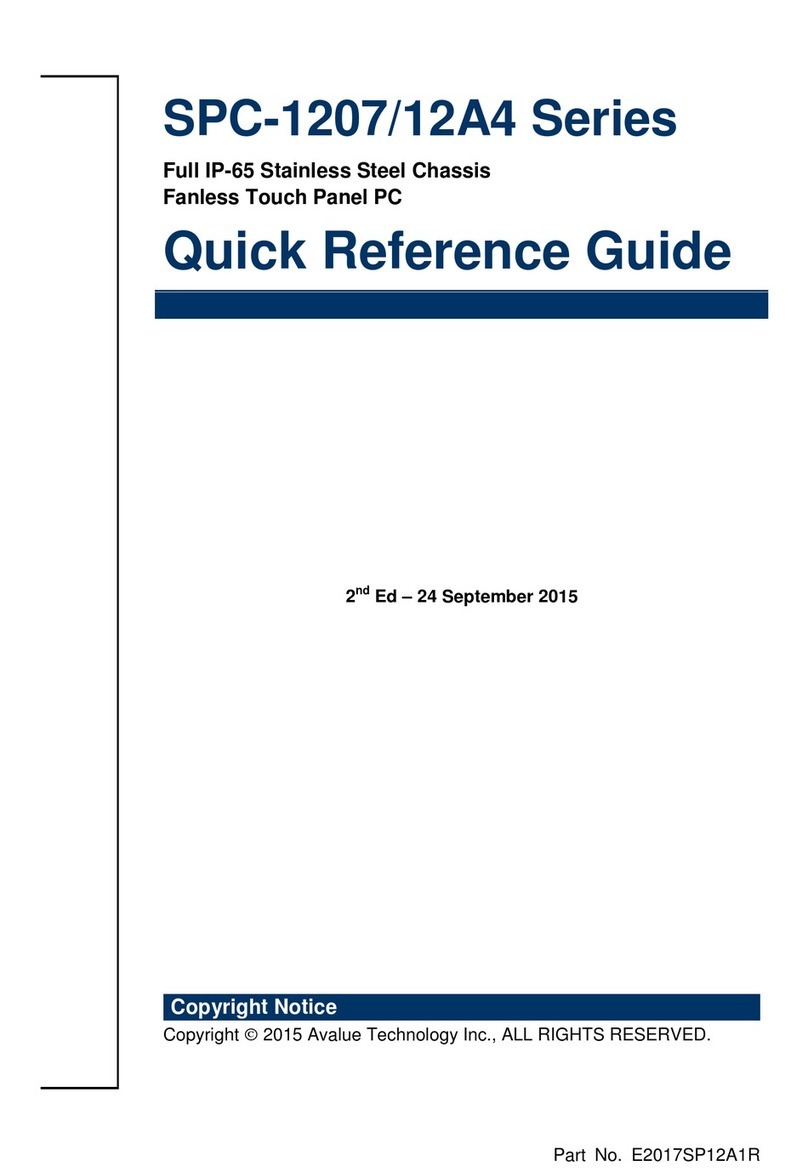
Avalue Technology
Avalue Technology SPC-1207 Series Quick reference guide
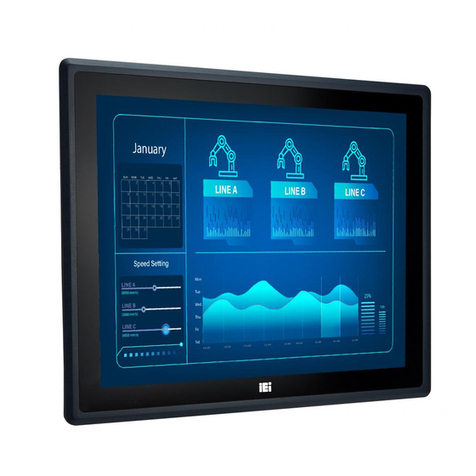
IEI Technology
IEI Technology PPC-F D-ULT5 Series user manual


